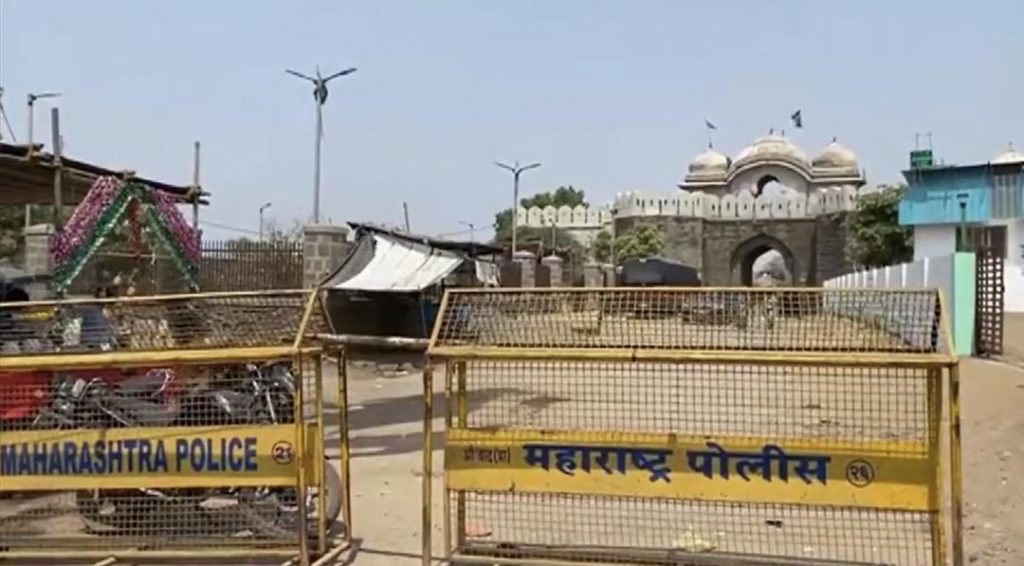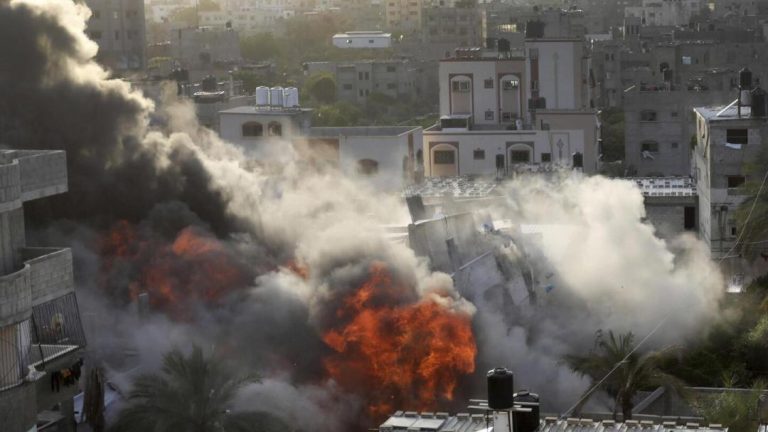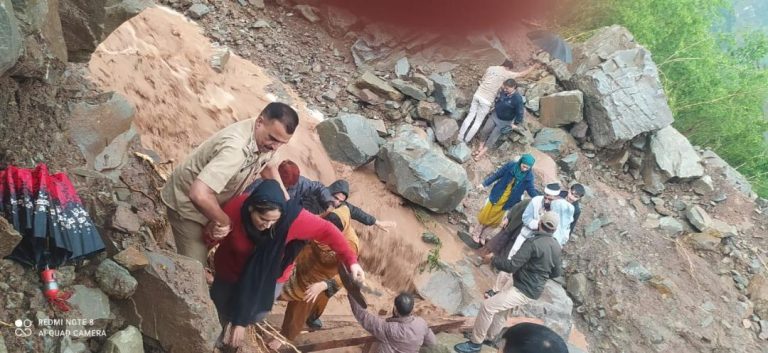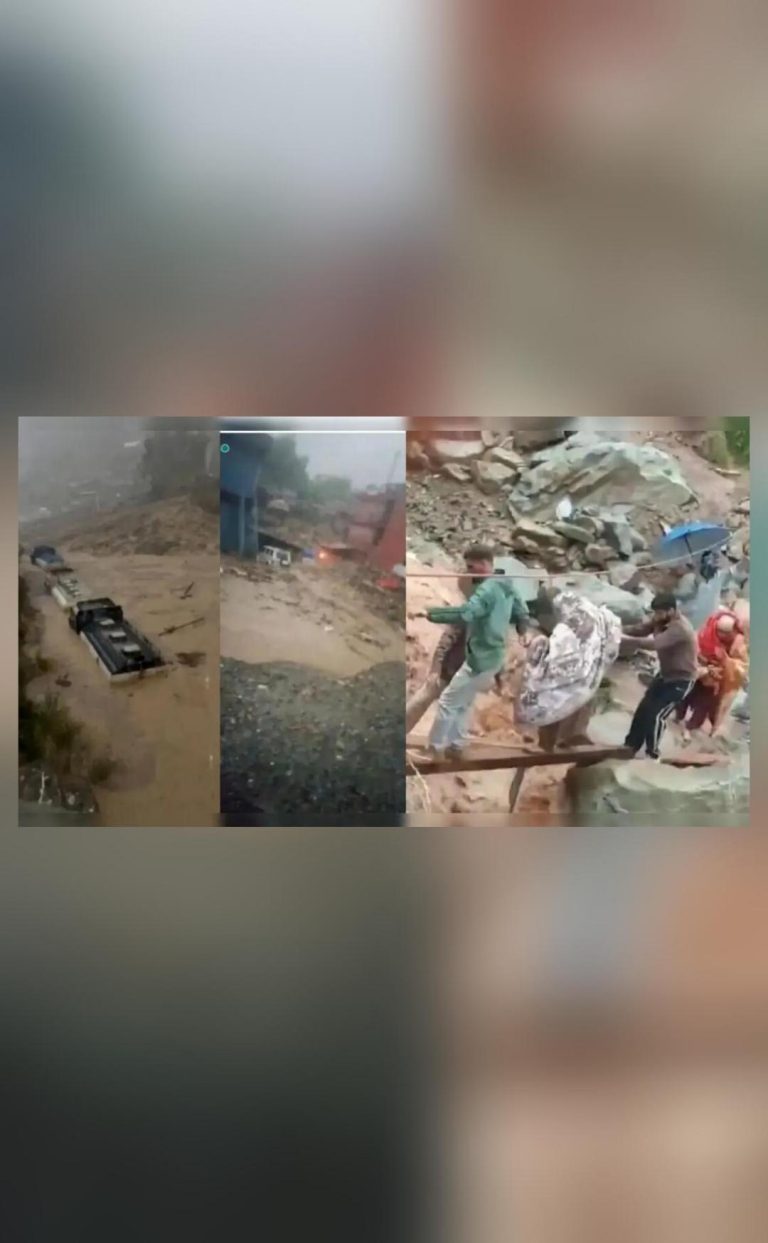
Security Increased at Aurangzeb’s Tomb Amid VHP Protests in Maha
The tomb of Mughal Emperor Aurangzeb in Maharashtra’s Chhatrapati Sambhajinagar district has seen a significant surge in security measures following protests staged by the VHP (Vishva Hindu Parishad) and Bajrang Dal demanding its removal. The development has led to a drastic decline in the number of visitors to the historic site, with the caretaker of the tomb expressing concerns over the impact on the monument’s preservation.
According to reports, the security forces have been deployed in large numbers to maintain law and order at the tomb, which has been a popular tourist destination in the past. Visitors are now being asked to furnish their identity documents before entering the site, a move aimed at preventing any potential disruptions or violence.
The VHP and Bajrang Dal have been staging protests outside the tomb, demanding its demolition, citing Aurangzeb’s role in the destruction of several Hindu temples during his reign. The protests have been ongoing for several days, with the groups submitting petitions to the district administration and local authorities to remove the tomb.
The increased security measures have had a direct impact on the number of visitors to the tomb, with the caretaker, Parvez Kabeer Ahmed, expressing concerns over the decline in footfall. “Footfall of visitors has gone down after the demands to demolish the grave have come up,” Ahmed said in an interview.
The tomb, built in the 17th century, is a significant historical landmark and a popular tourist destination in the region. Aurangzeb, who ruled India from 1658 to 1707, is known for his military campaigns and administrative reforms, but also for his role in the destruction of several Hindu temples, including the famous Kashi Vishwanath Temple in Varanasi.
The VHP and Bajrang Dal’s demand to demolish the tomb has sparked a heated debate in the region, with many historians and scholars arguing that the monument is an important part of India’s cultural heritage and should be preserved. The tomb is also a significant tourist attraction, with thousands of visitors flocking to the site every year.
The increased security measures at the tomb have also raised concerns over the impact on the monument’s preservation. The tomb is already a fragile structure, and the added pressure of security personnel and crowds could potentially damage the site.
The development has also sparked concerns over the freedom of religion and the preservation of historical monuments. The tomb is a symbol of the region’s rich cultural heritage, and its destruction could have far-reaching consequences for the community.
The VHP and Bajrang Dal’s demand to demolish the tomb is seen as an attempt to rewrite history and erase the cultural heritage of a particular community. The organization’s stance is seen as a threat to the country’s secular fabric and the freedom of religion.
In conclusion, the increased security measures at Aurangzeb’s tomb in Maharashtra’s Chhatrapati Sambhajinagar district are a response to the protests staged by the VHP and Bajrang Dal demanding its removal. The development has had a significant impact on the number of visitors to the site, with the caretaker expressing concerns over the decline in footfall. The tomb is an important historical landmark and a popular tourist destination, and its preservation is crucial for the region’s cultural heritage.




